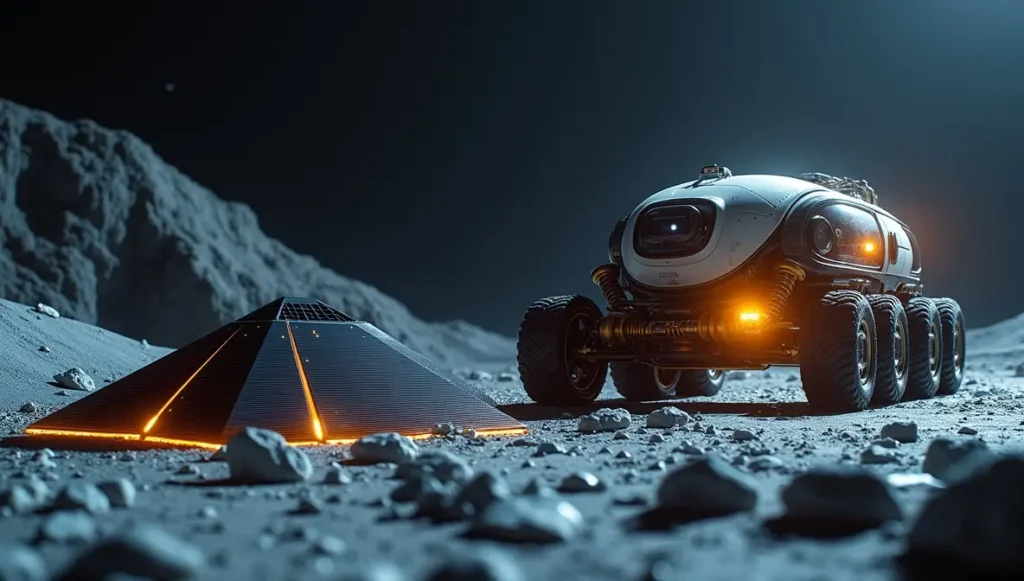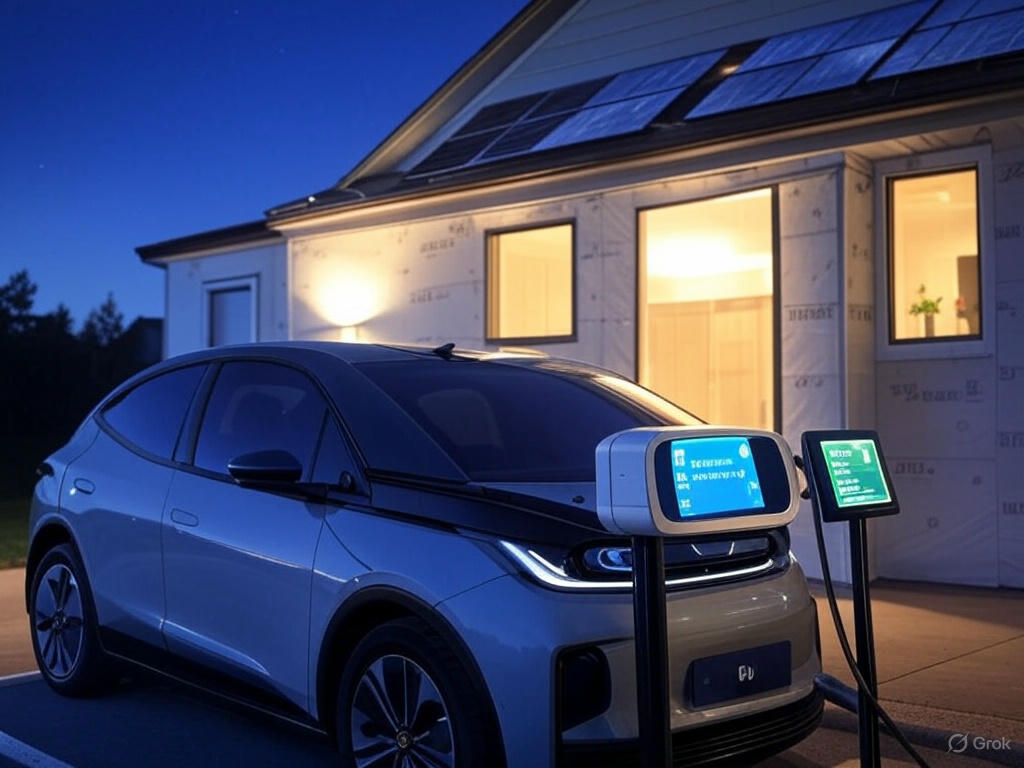The Battery That Outlives Its Makers
Solar panels lie useless in the perpetual night of lunar craters. But deep in Japanese labs, engineers are perfecting a power source that laughs at darkness – a nuclear battery fueled by radioactive waste that could keep running for a century.
This isn’t science fiction. The Japan Atomic Energy Agency (JAEA) has successfully demonstrated americium-241 batteries that convert nuclear decay into electricity. As space agencies prepare for permanent Moon bases and interstellar probes, this technology threatens to dethrone solar as the default power source beyond Earth.

How It Works: Nuclear Energy in a Pin
The Americium Advantage
- ♻️ Made from nuclear waste: Derived from reprocessed plutonium in spent reactor fuel
- ⏳ 100-year lifespan: Outlasts solar panels (25 yrs) and plutonium batteries (50 yrs)
- 🛡️ Safer than plutonium: Lower radiation risk and fewer weapons proliferation concerns
The Power Module
- 🔥 Heat, not fission: Converts americium’s steady decay heat into electricity
- 🚀 Launch-proof design: Ceramic-encased fuel pellets survive rocket explosions
- 📏 Compact size: Just 10cm long – perfect for space probes and rovers
“We’ve lit LEDs continuously for over a year in tests,” reveals Dr. Haruto Tanaka, lead researcher at JAEA. “The next step is powering actual spacecraft.”
Solar’s Achilles’ Heel in Space
While solar dominates Earth’s renewables, it fails catastrophically in:
- 🌑 Lunar nights: 14 days of complete darkness
- 🪐 Outer planets: Jupiter receives just 4% of Earth’s sunlight
- 🕳️ Craters & caves: Potential ice deposits in permanent shadow
Nuclear batteries solve this by providing:
✅Uninterrupted power in any environment
✅10x more compact than solar arrays
✅Immunity to cosmic radiation degradation
The Space Race Implications
Japan’s Roadmap
- 2026: Complete americium production facility
- 2029: First space-ready prototype
- 2035: Powering lunar rover in shadowed craters
Global Domino Effect
- 🇺🇸 NASA: Watching closely for deep-space missions
- 🇪🇺 ESA: Considering collaboration for Mars sample return
- 🇨🇳 China: Likely accelerating its own nuclear battery program
Could This Work on Earth?
Potential Applications
- 🏔️ Remote sensors: Weather stations in polar winters
- 🚨 Disaster zones: Backup power when grids fail
- ⚡ Microgrids: Supplementing renewables during long storms
The Reality Check
- ☢️ Public perception: “Nuclear” remains a dirty word post-Fukushima
- 💰 Cost: Solar still 10x cheaper for terrestrial use ($0.05/kWh vs $0.50/kWh estimated)
- 📜 Regulations: Radioactive materials face strict transport laws
“This is a space technology first,” admits Tanaka. “But in 50 years? Who knows.”
The Verdict: Not a Solar Killer, But a Game Changer
Solar will continue dominating Earth’s energy transition. But in the airless void of space, Japan’s nuclear battery promises to:
- Unlock permanent lunar bases in shadowed regions
- Enable interstellar probes that solar can’t power
- Repurpose nuclear waste into valuable fuel
The space power wars have begun.
Related: Like Japan’s nuclear tech, China dominates battery innovation—here’s how.
